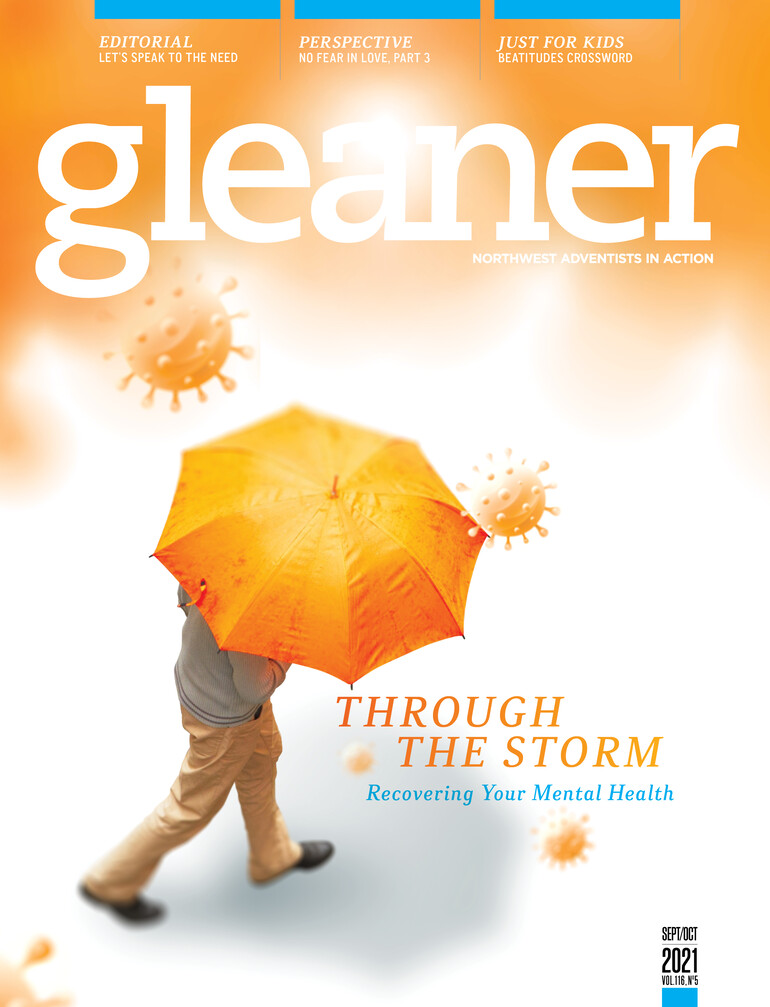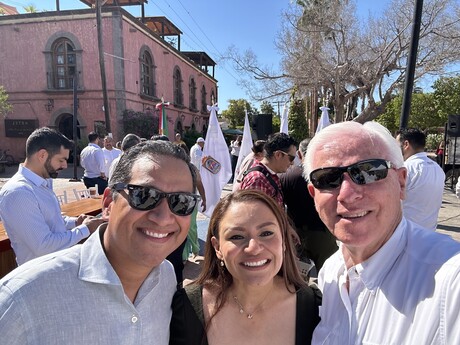The Adventist Health mission, to live God’s love by inspiring health, wholeness and hope, is rooted in Jesus’ ministry of healing and the distinctive Seventh-day Adventist tradition of health care and healthful living. As part of that mission, Adventist Health is leading a well-being transformation movement that broadens the organization’s focus from solely caring for the sick to helping people live longer and better.

Adventist Health teams are inspiring this transformation by improving well-being and longevity in communities across the nation through Blue Zones, a nationally recognized leader in well-being that Adventist Health acquired in 2020. This work started with the more than 30,000 Adventist Health employees in Washington, Oregon and California and is moving outside the organization to local Blue Zones projects across the country.
Two projects are underway in St. Helena, California, and Walla Walla, Washington. More than 50 additional communities across North America are engaging in Blue Zones projects and that impacts more than 3.4 million Americans. Participating communities have experienced double digit drops in obesity and tobacco use and have saved millions of dollars in health care costs.
Blue Zones employs evidence-based methods to help people live longer and better. The organization was founded in 2008 by Dan Buettner who partnered with a multidisciplinary team of scientists sponsored by National Geographic and the National Institutes of Health. They research blue zones and longevity hotspots across the globe and to identify the lifestyle habits these different zones have in common.
The original blue zones are diverse geographical and cultural regions — Okinawa, Japan; Sardinia, Italy; Nicoya, Costa Rica; Ikaria, Greece; and Loma Linda, California — where residents live extraordinarily long and/or happy lives. Residents of these regions have nine commonalities, known as the Power 9, which together contribute to physical, social and emotional well-being.
Roughly 80% of a person’s health can be attributed to health behaviors, the physical environment and socioeconomic factors, while clinical healthcare makes up just 20%. The Adventist Health well-being movement will focus on what happens when a health system takes steps to improve factors related to the identified health habits and to provide a path forward for individuals to improve their health and resilience.
Learn more about Blue Zones at bluezones.com and find lifestyle news and tips at adventisthealth.org/blog.










